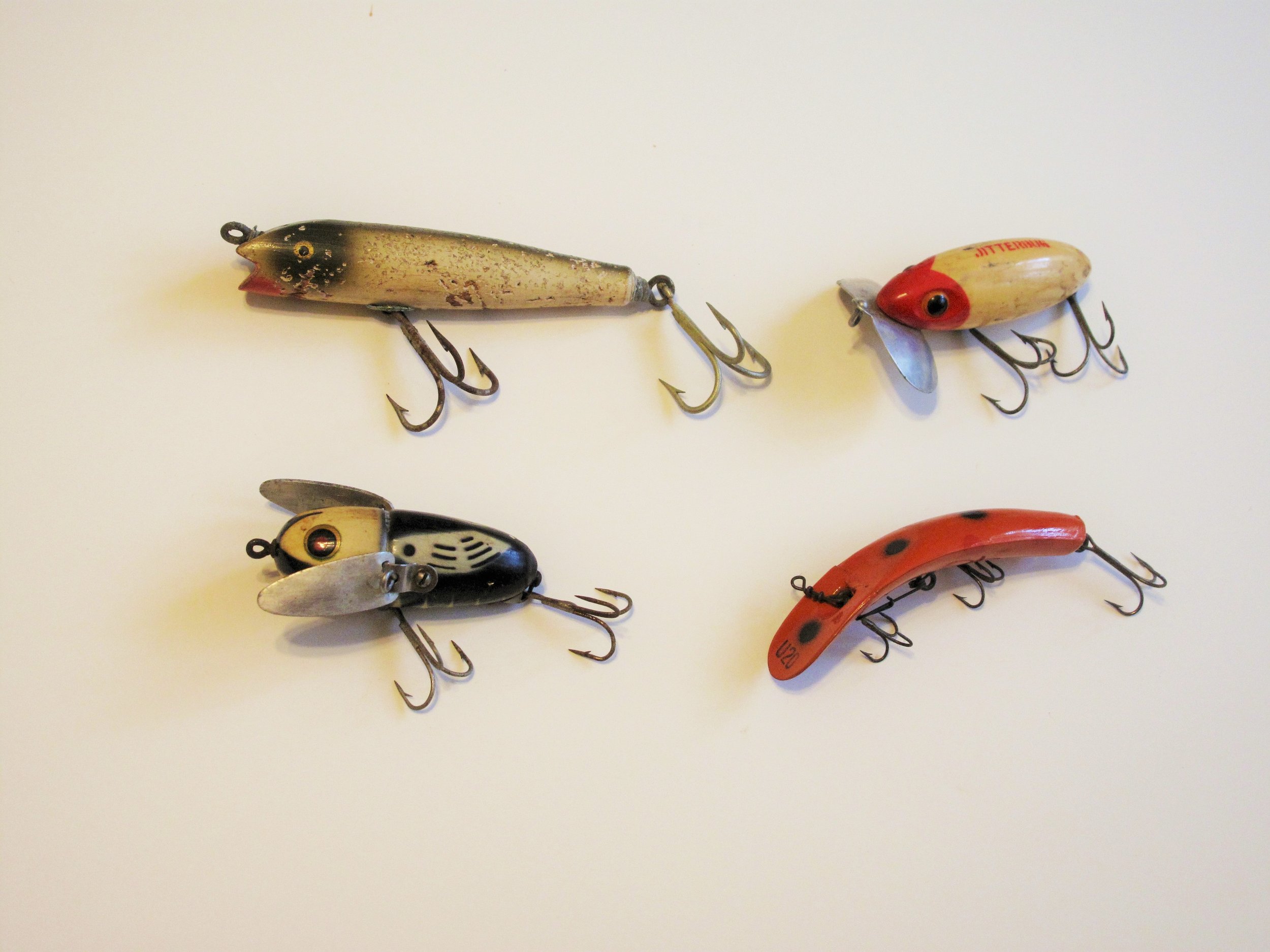Why Weird Whitetail Antlers?
Have You Seen Bilateral Asymmetry in Antlers? A few years ago I shot this buck while hunting with Donna and Jake McDonald at Upper Canyon Ranch near Alder, MT. (www.ucomontana.com) Notice the right hind leg has been severed just at the dewclaws, probably by a mower blade when the animal was just a fawn hiding in the alfalfa. A leathery scab had grown over the amputated foot, but the buck didn’t appear to walk much. It was often seen stepping out of brush along the creek to forage in the bordering alfalfa field, probably the same one where it had been injured years earlier. Whitetail does lead bucks on long chases during the rut, so I doubt this one was involved with rutting. It did, however, respond to annual hormonal changes by growing antlers, stripping them of velvet, shedding and growing a new set each year. The McDonalds had been watching this buck for at least four-years before it was shot. It may have been as old as seven. It was the most tender, delicate, delicious venison I’ve ever eaten. You’ll also notice those peculiar antlers. The one on the deer’s right side has a typical configuration with a couple of sticker points, not unusual in an older buck. It is exceptional in that it sports eight distinct, normal points. The last two are too short to count, but were they longer they’d be extremely rare G6 and G7 by B&C count. I’ve seen a few bucks with six legitimate points on one side, but never seven and certainly not eight. Have you? Now consider the left-side antler. Deformed and contorted. Why? This is an example of bilateral asymmetry. The deer’s body compensates for the injury to the right hind foot by growing the “injured” antler on the left side. I’ve heard that a front leg injury causes the antler on the same side to contort, but I’ve never seen this. Have you? These bilateral asymmetry patterns persist throughout the life of the deer. Antlers damaged while in velvet will grow normally in subsequent years, but damage to the pedicle (base) can result in contorted antler growth every year, since the foundation had been injured. Pedicle damage leads to multiple main beams and even third antlers sprouting from the buck’s forehead – or wherever the tissue was pushed during the injury. You can surgically move pedicel tissue to any part of a deer’s body where there is a blood supply and an antler will grow there. Or so they tell me. # # #












